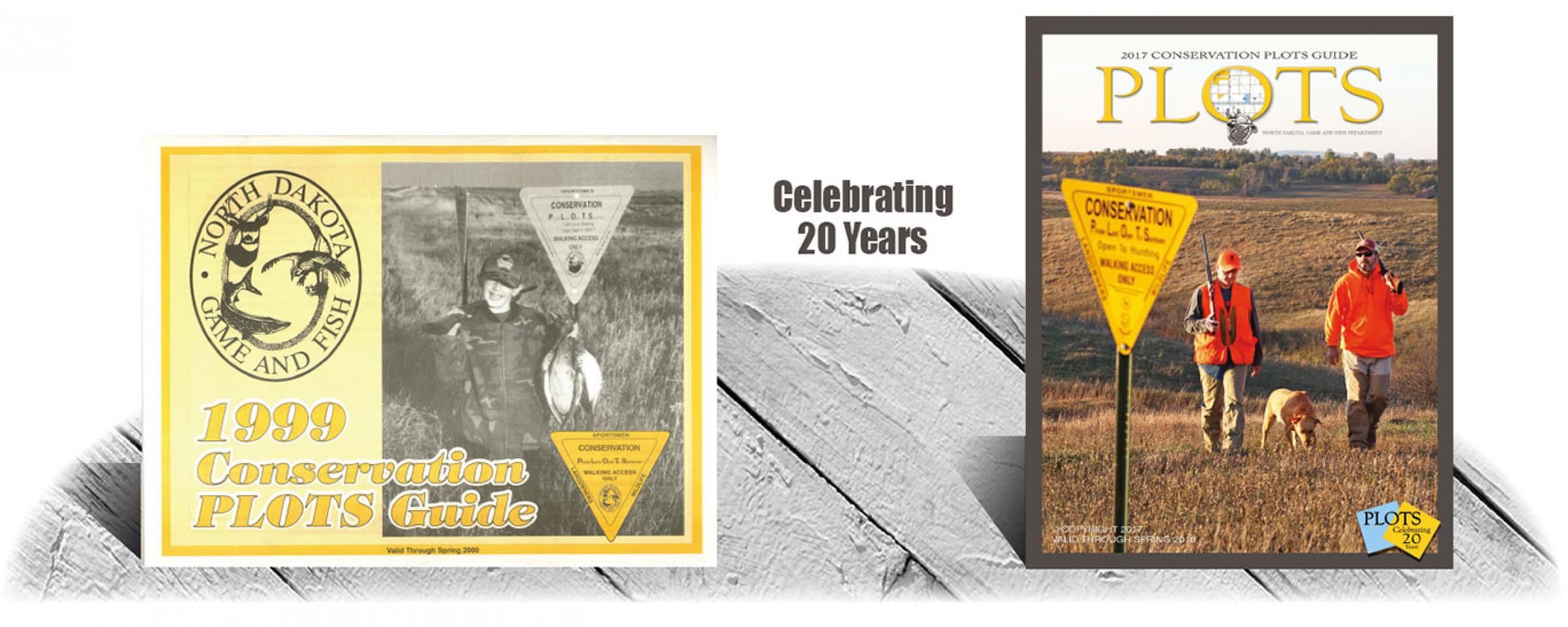
Back Cast
The Game and Fish Department’s Private Land Open To Sportsmen program turned 20 this year.
There was some debate, albeit minor, as to the year it all began. Some agency staff who helped usher the program into being years ago said it depended on how you looked at things.
While it wasn’t until summer 1998 that the first PLOTS signs were hurriedly pounded into the ground in six counties to meet the fall hunting season, the seed for the program was planted in 1997. That’s when lawmakers called on the Game and Fish Department to create programs for landowner assistance that encouraged public access to private lands for hunting.
That authorization 20 years ago was the beginning of what is today perhaps the Game and Fish Department’s most familiar program.
Somewhere in his files, Greg Link, the Department’s private land coordinator at the time, has a list of potential names that were tossed around, debated by Game and Fish personnel looking for the perfect hook, a handle that would stick and resonate with hunters.
“The clock was ticking and we needed a name,” said Link, who is now the conservation and communications division chief. “A lot of the names on that list, to be honest, were pretty stupid.”
Private Land Open To Sportsmen, PLOTS, came to him in bed one night. The idea for the overturned triangular yellow signs followed a few days later at work when the lights were on.
“We wanted something that would stand out, something that would be easily recognizable, even from a distance,” Link said.
Even if you flip a triangle on its head, it still has three points, which is important, Link said, because the idea was that the PLOTS program was to be built on the foundation of (1) sportsmen, (2) landowners and (3) wildlife.
With a name picked and signs made, crews of Department employees moved temporarily into FEMA campers and shouldered into the task of setting posts and tightening nuts on roughly 2,000 signs.
Fall 1998 when the PLOTS program was on the landscape for the first time on about 25,000 acres, Link and Randy Kreil, who is now retired but was the Department’s wildlife division chief at the time, split up and visited with hunters hunting PLOTS.
“It was the pheasant opener and we just wanted to talk with hunters about the PLOTS program because it was brand new,” Link said. “We were curious if the PLOTS tracts drew hunters specifically to the area, how did they find the tracts, had they hunted the area before, what was their experience, those kinds of things.”
Initially, the PLOTS program didn’t catch on with hunters, mostly because they weren’t familiar with it. Plus, the first guide, which was more of a large, fold-out map, was way more difficult to decipher than today’s PLOTS Guide.
After a hunting season or two, that changed.
“Once we published a more hunter-friendly PLOTS Guide in 1999 and put more acres on the landscape, the hunters followed,” Link said. “Within a few years of getting started, the PLOTS program wasn’t unfamiliar anymore. It was a recognizable brand in rural North Dakota.”
